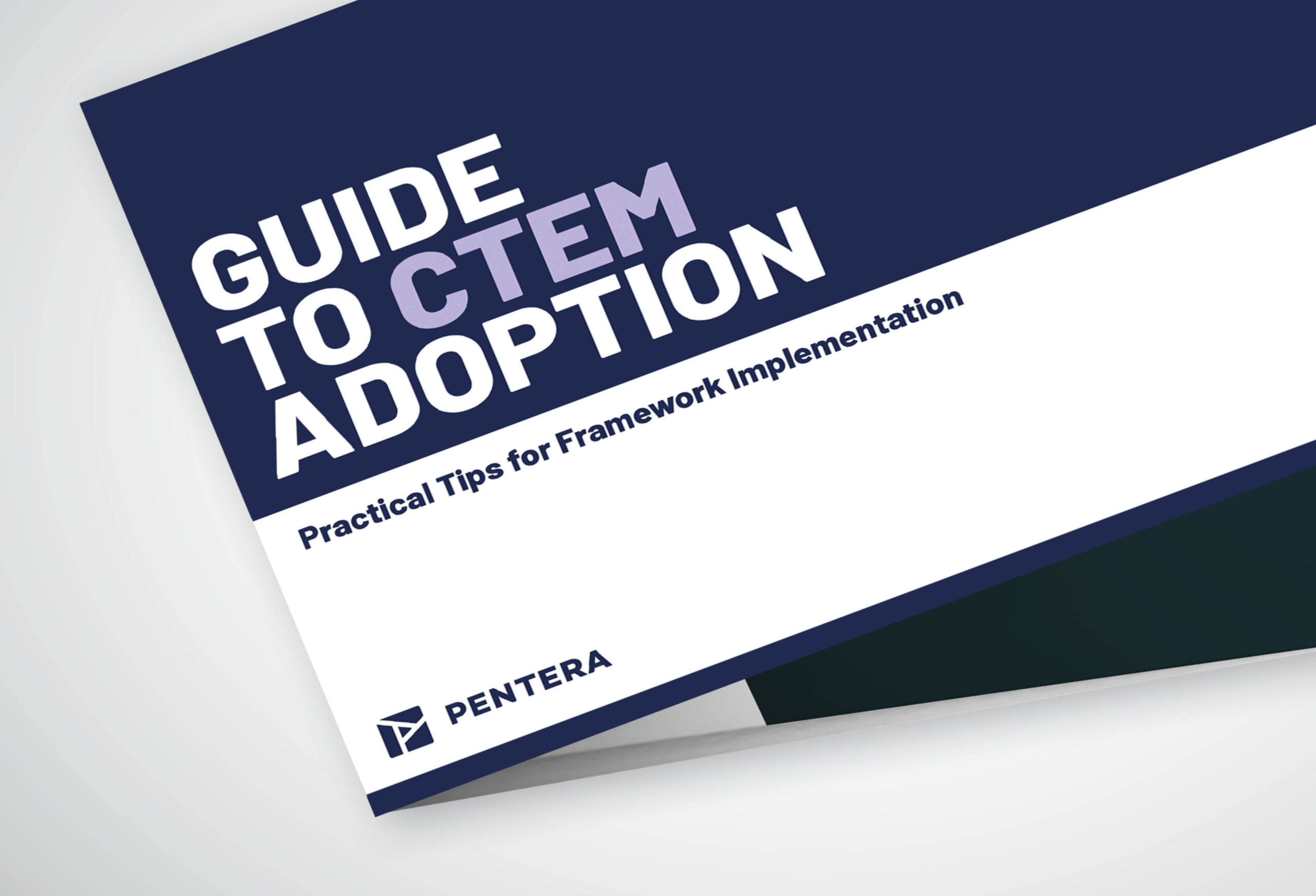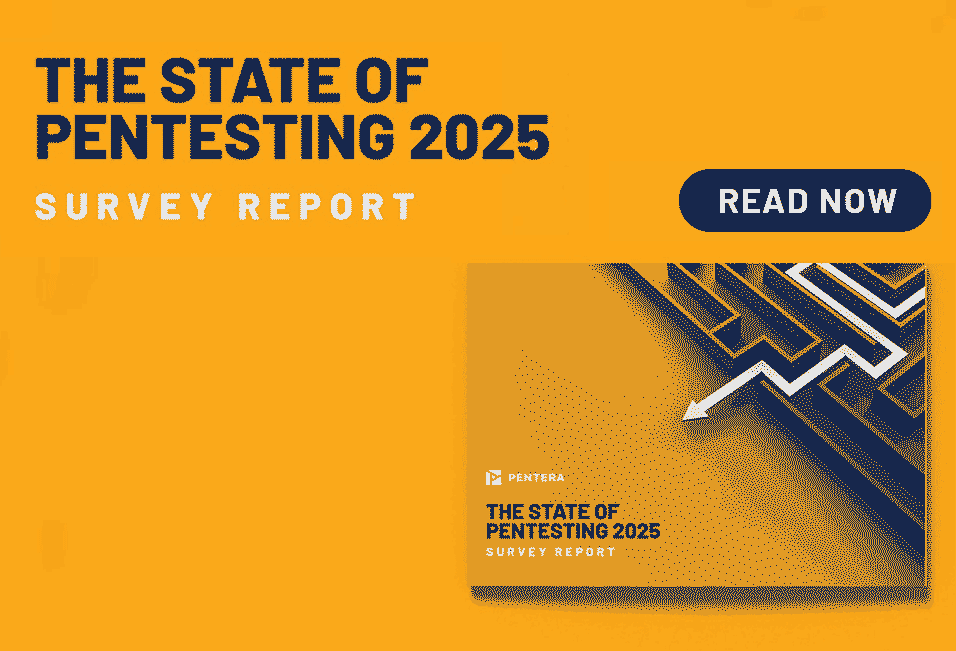What is Autonomous Adversarial Emulation?
Autonomous Adversarial Emulation (AAE) was cited by Gartner in its 2024 Emerging Tech Impact Radar on Preemptive Cybersecurity as an emerging cybersecurity technology that simulates real-world cyberattacks using AI-driven agents and generative models. These systems emulate the tactics, techniques, and procedures (TTPs) of threat actors in real time to identify exploitable vulnerabilities within an organization’s environment, without relying on predefined scripts or manual intervention.
How Does It Work?
According to Gartner, AAE systems operate through a combination of:
- Predictive machine learning to anticipate attack paths.
- Generative AI to create dynamic attack playbooks.
- Autonomous agents that execute and evolve attack simulations.
- Threat intelligence integration to tailor behavior to current threats.
These capabilities allow AAE platforms to continuously test and validate an organization’s cyber defenses, revealing how actual attackers might infiltrate, move laterally, and achieve objectives all in a controlled, non-destructive manner.
Key Characteristics of AAE
- Real-time Emulation: Simulates live adversarial behavior without harming systems.
- AI-Driven Adaptability: Adjusts attacks based on environmental feedback and new threat intel.
- Context-Aware Simulation: Customizes the attack path to gain further penetration into the unique ecosystem of the organization.
- Generative Attack Modeling: Builds playbooks dynamically, mirroring emerging attack trends.
- Safe Execution: Avoids payloads or system disruptions during testing.
Why Is Autonomous Adversarial Emulation Important?
Traditional penetration testing and Breach and Attack Simulation (BAS) are limited by manual execution or static scripts. AAE advances this by offering:
- Continuous, proactive testing
- Faster identification of exploitable paths
- Scalability to organizations of all sizes
- Lower reliance on specialized red teams
- Increased resilience against zero-day and evolving threats
This shift transforms cyber defense from reactive to preemptive, strengthening security posture before an actual breach occurs.
Benefits of Autonomous Adversarial Emulation
- Enhanced Security Validation: Identify real, exploitable paths — not just theoretical ones.
- Reduced Human Resource Dependency: Automates pentesting tasks traditionally performed by large red teams.
- Rapid Threat Adaptation: Incorporates new threat intelligence on the fly.
- Scalable for Any Organization: Makes advanced adversarial testing accessible to smaller teams.
- Investment Efficiency: Prioritizes remediation to vulnerabilities that need to be mitigated the most.
Implementation Considerations
To successfully deploy AAE, organizations should:
- Invest in generative AI emulation engines that can scale easily with built-in AI and ML capabilities.
- Ensure human oversight to confirm testing configurations and ensure communication of findings for their mitigation.
- Establish safe testing environments to ensure production tests are controlled, by setting the IP range to be tested
- Build data pipelines for collecting, managing, and integrating high-quality threat intelligence.
- Apply robust security controls around the AAE system to protect against misuse.
How Pentera Enables Autonomous Adversarial Emulation
Security Teams can safely and continuously validate their security controls by using Pentera’s real-world attack emulation engine. Unlike traditional breach and attack simulation tools, Pentera automatically discovers exploitable attack paths based on evolving threat intelligence and the specific context of the organization’s environment. Its platform dynamically generates and executes attack scripts without the need for predefined playbooks or manual intervention, allowing security teams to uncover real risks, not theoretical ones. By safely emulating adversary behavior across hybrid infrastructures, Pentera empowers organizations to prioritize remediation efforts, reduce their attack surface, and adopt a truly proactive security validation strategy.
Frequently asked questions
How is Automated Adversarial Emulation different from Breach and Attack Simulation (BAS)?
BAS relies on predefined scripts to test defenses. AAE autonomously generates attack scenarios based on real-time threat intelligence and adapts to its environment, offering higher realism and continuous operation.
Is Autonomous Adversarial Emulation safe to run in production?
Yes — Autonomous Adversarial Emulation is safe to run in production when properly built and configured. Safe-by-design AAE systems emulate threats without deploying harmful exploits or payloads, making them safe for production environments.
What industries benefit most from Autonomous Adversarial Emulation (AAE)?
All sectors can benefit, but AAE is especially valuable in industries with high exposure and regulatory demands, such as finance, healthcare, manufacturing, and critical infrastructure.


